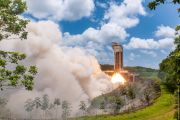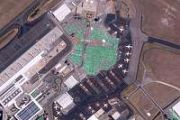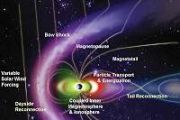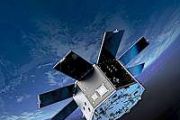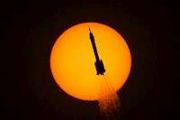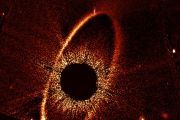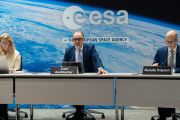
Copernical Team
It's time to study lunar lava tubes. Here's a mission that could help
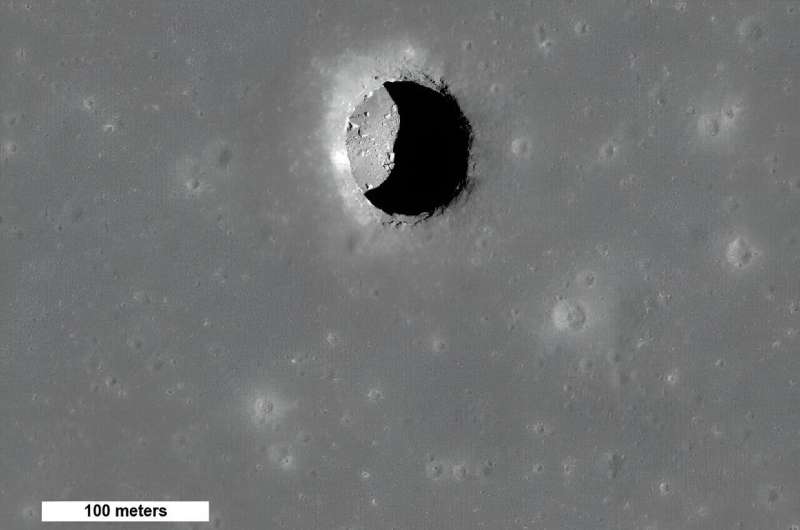
The moon is practically begging to be explored, and the momentum to do so is building. The Artemis Program's effort to return astronauts to the moon for the first time since the Apollo missions captures a lot of attention. But there are other efforts underway.
In 2023, the ESA put out a call for small lunar missions. The call was associated with their Terra Novae exploration program, which will advance the ESA's exploration of the solar system with robotic scouts and precursor missions.
Connecting Ariane 6 upper and core stage
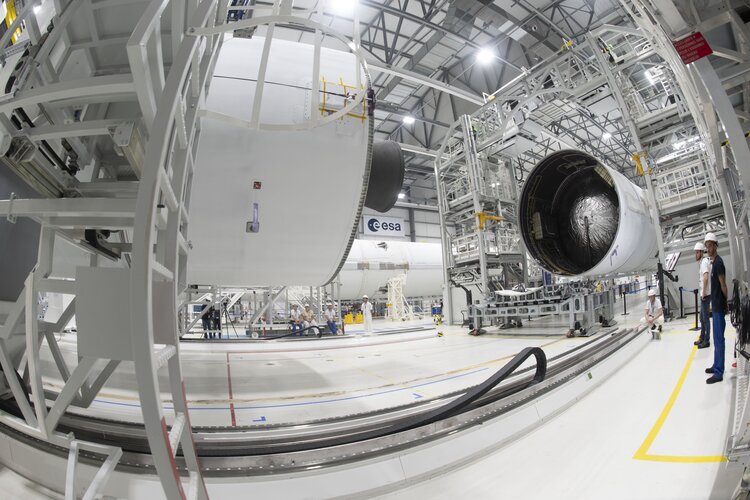 Image:
Connecting Ariane 6 upper and core stage
Image:
Connecting Ariane 6 upper and core stage Media invitation: Last chance to see Arctic Weather Satellite
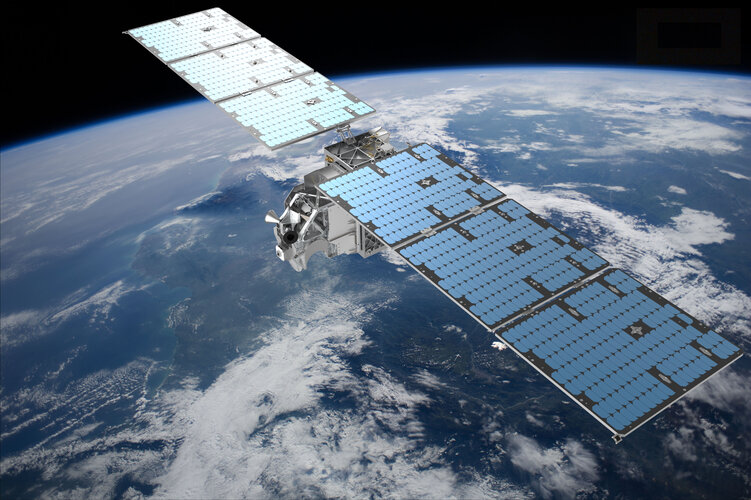
Call for media: Last chance to see Arctic Weather Satellite
Toward the next generation of air quality monitoring
 Video:
00:17:57
Video:
00:17:57
Air pollution is the largest environmental health risk in Europe and significantly impacts the health of the European population, particularly in urban areas.
Following on from the Sentinel-5P satellite – the first Copernicus mission dedicated to monitoring our atmosphere – the Sentinel-4 and Sentinel-5 missions will take current air quality measuring capabilities to the next level.
Together, the Sentinel-4 and -5 missions will provide information on atmospheric variables in support of European policies. This will include the monitoring of air quality, stratospheric ozone and solar radiation, and climate monitoring.
This video features interviews with Giorgio Bagnasco, Sentinel-4 Mission Project Manager,
Eutelsat and Intelsat forge $500M partnership to expand OneWeb constellation
 Eutelsat Group has formalized a major multi-year partnership with Intelsat, investing up to $500 million over seven years into the OneWeb Low Earth Orbit (LEO) Constellation. This collaboration, starting in mid-2024, guarantees $250 million with an initial $45 million deal already in place and an option for an additional $250 million.
This strategic alliance enables Intelsat to integrate O
Eutelsat Group has formalized a major multi-year partnership with Intelsat, investing up to $500 million over seven years into the OneWeb Low Earth Orbit (LEO) Constellation. This collaboration, starting in mid-2024, guarantees $250 million with an initial $45 million deal already in place and an option for an additional $250 million.
This strategic alliance enables Intelsat to integrate O The hunt for superheavy elements is a periodic opportunity
 International research teams from Massey University, the University of Mainz, Sorbonne University, and the Facility for Rare Isotope Beams (FRIB) have made notable strides in understanding superheavy elements, reshaping the concept of the periodic table's "island of stability." Their work, featured on the cover of February 2024's Nature Review Physics, alongside a related review in Physics Repor
International research teams from Massey University, the University of Mainz, Sorbonne University, and the Facility for Rare Isotope Beams (FRIB) have made notable strides in understanding superheavy elements, reshaping the concept of the periodic table's "island of stability." Their work, featured on the cover of February 2024's Nature Review Physics, alongside a related review in Physics Repor Kymeta Delivers Groundbreaking Multi-Orbit Flat-Panel Antennas to Military Customers
 Kymeta, a leader in flat-panel satellite antenna technology, announced the shipping of its Osprey u8 HGL terminal, the first hybrid geostationary/low Earth orbit (GEO/LEO/LTE) terminal designed for military applications, from its Woodinville, Washington facility. This landmark development marks the debut of the first commercially available multi-orbit terminal, as well as the initial multi-orbit
Kymeta, a leader in flat-panel satellite antenna technology, announced the shipping of its Osprey u8 HGL terminal, the first hybrid geostationary/low Earth orbit (GEO/LEO/LTE) terminal designed for military applications, from its Woodinville, Washington facility. This landmark development marks the debut of the first commercially available multi-orbit terminal, as well as the initial multi-orbit North Korea tests engine for new hypersonic missile
 North Korean leader Kim Jong Un oversaw the test of a solid-fuel engine for a new intermediate-range hypersonic missile, state media reported Wednesday, one day after observing the launch of short-range ballistic missiles.
The test was conducted at the Sohae Satellite Launching Facility on the country's west coast Tuesday, state-run Korean Central News Agency said.
"The military
North Korean leader Kim Jong Un oversaw the test of a solid-fuel engine for a new intermediate-range hypersonic missile, state media reported Wednesday, one day after observing the launch of short-range ballistic missiles.
The test was conducted at the Sohae Satellite Launching Facility on the country's west coast Tuesday, state-run Korean Central News Agency said.
"The military DARPA's Rubble to Rockets Program Pioneers New Manufacturing Frontiers
 The Defense Advanced Research Projects Agency (DARPA) introduces the Rubble to Rockets (R2) program, a groundbreaking initiative aimed at revolutionizing manufacturing in environments where supply chains are compromised. The Department of Defense (DOD) has identified an urgent need for the capability to produce critical structures on-demand using locally sourced materials, challenging the tradit
The Defense Advanced Research Projects Agency (DARPA) introduces the Rubble to Rockets (R2) program, a groundbreaking initiative aimed at revolutionizing manufacturing in environments where supply chains are compromised. The Department of Defense (DOD) has identified an urgent need for the capability to produce critical structures on-demand using locally sourced materials, challenging the tradit RocketStar unveils fusion-enhanced electric thruster for spacecraft
 In a leap forward for space propulsion technology, RocketStar Inc. has demonstrated its FireStar Drive, an advanced spacecraft electric propulsion unit that leverages nuclear fusion to enhance pulsed plasma propulsion. By introducing aneutronic nuclear fusion into its water-fueled pulsed plasma thruster, the FireStar Drive markedly improves performance, utilizing high-speed protons from ionized
In a leap forward for space propulsion technology, RocketStar Inc. has demonstrated its FireStar Drive, an advanced spacecraft electric propulsion unit that leverages nuclear fusion to enhance pulsed plasma propulsion. By introducing aneutronic nuclear fusion into its water-fueled pulsed plasma thruster, the FireStar Drive markedly improves performance, utilizing high-speed protons from ionized 











